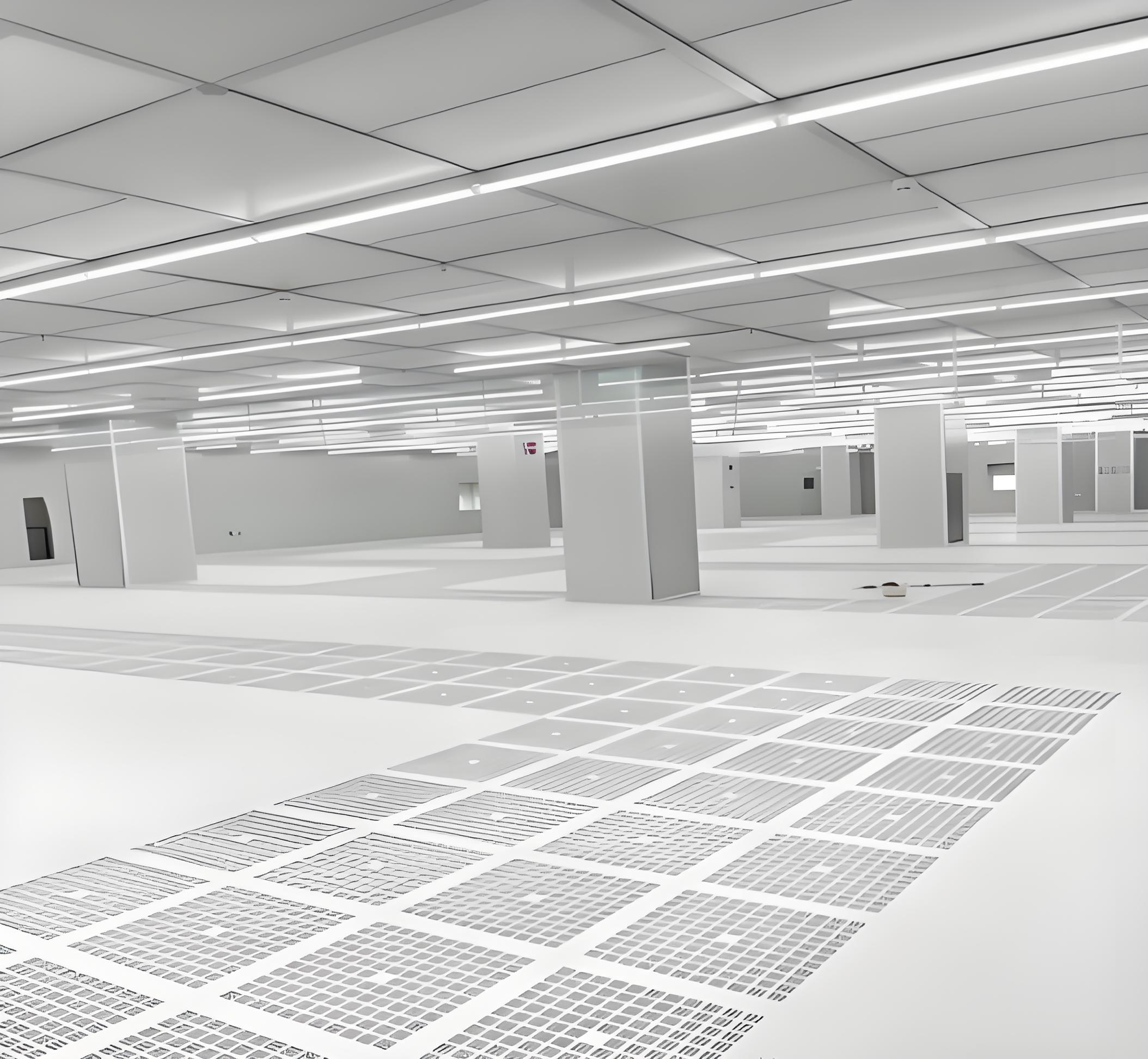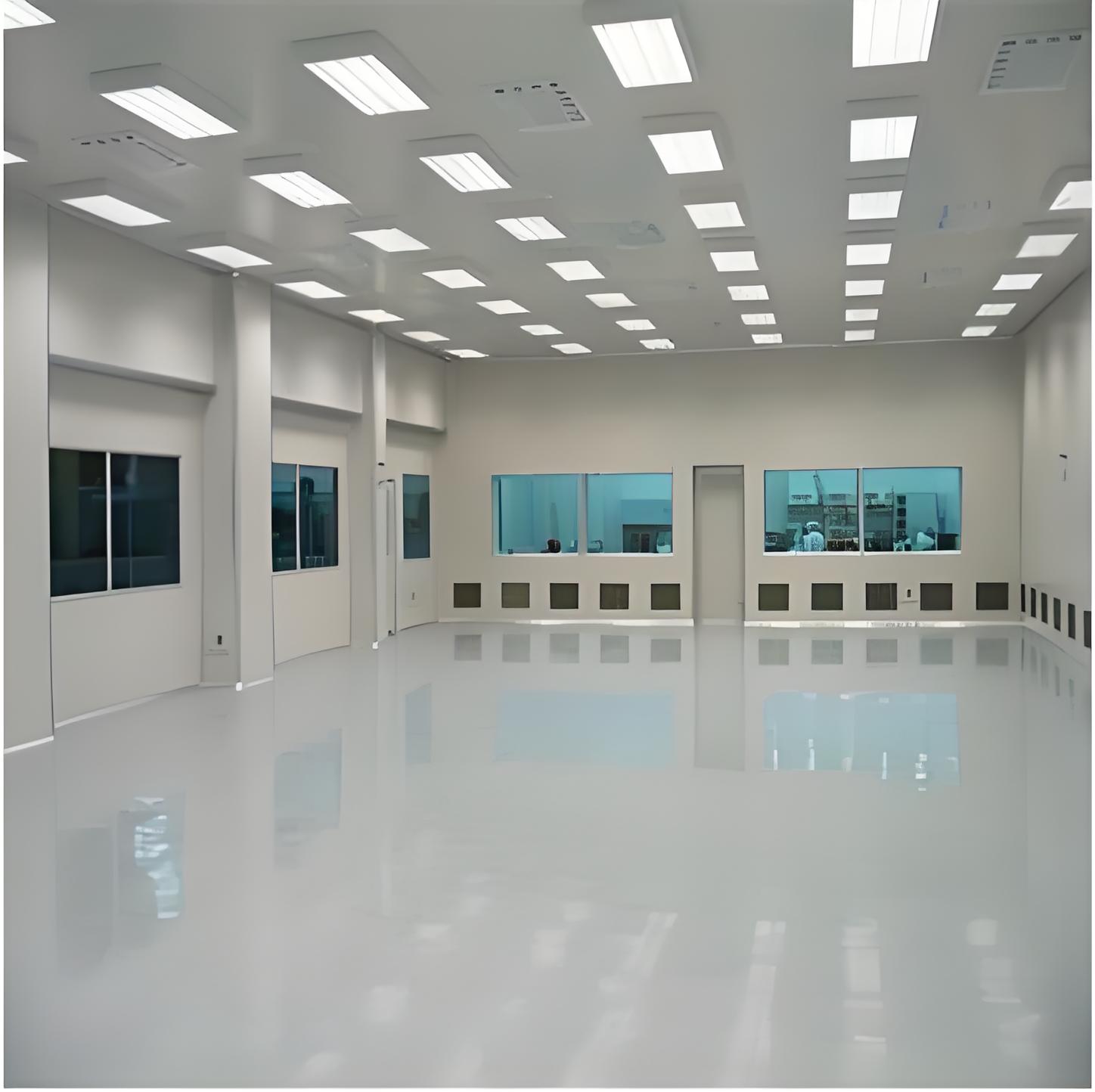




In today's highly regulated industries, from pharmaceuticals to electronics manufacturing, maintaining a controlled environment is crucial for product quality and safety. Block clean room solutions have emerged as a versatile and efficient approach to creating these sterile spaces. These solutions encompass a range of methodologies, including turnkey cleanroom solutions, cleanroom engineering solutions, and modular cleanroom solutions, which together ensure compliance with stringent standards. This article delves into the key aspects of these systems, focusing on modular cleanroom design and construction, and addresses common challenges faced during implementation. By understanding these elements, businesses can make informed decisions to enhance their operational efficiency.
The term "block" in block clean room solutions often refers to the modular or prefabricated nature of these units, which are designed as building blocks for easy assembly and customization. This approach contrasts with traditional built-in-place cleanrooms, offering flexibility, scalability, and cost-effectiveness. As industries evolve, the demand for adaptable cleanroom environments has grown, making block clean room solutions a popular choice. In the following sections, we explore the various facets of these solutions, highlighting their benefits and practical considerations.

Turnkey cleanroom solutions provide a comprehensive package where a single provider handles every aspect of cleanroom development, from design and construction to commissioning and validation. This end-to-end approach minimizes the client's involvement, reducing project timelines and risks. For block clean room solutions, the turnkey model is particularly advantageous because it integrates modular components seamlessly. A typical turnkey project begins with a needs assessment, followed by detailed planning that incorporates cleanroom engineering solutions to ensure optimal airflow, temperature control, and particulate filtration.
One of the primary benefits of turnkey cleanroom solutions is their ability to deliver ready-to-use facilities. This is especially relevant for block clean room solutions, which rely on standardized modules that can be quickly assembled on-site. For instance, in the pharmaceutical industry, a turnkey approach might include prefabricated walls, ceilings, and HVAC systems that meet Good Manufacturing Practice (GMP) standards. By leveraging modular cleanroom solutions within a turnkey framework, companies can achieve faster deployment compared to traditional methods, often cutting project duration by 30-50%.
However, selecting the right provider for turnkey cleanroom solutions requires careful evaluation. Key considerations include the provider's experience with block clean room solutions, their ability to adhere to international standards like ISO 14644, and their track record in similar industries. Common issues in turnkey projects include scope creep and miscommunication, which can be mitigated through clear contracts and regular progress reviews. Ultimately, turnkey cleanroom solutions offer a streamlined path to implementing block clean room solutions, making them ideal for businesses seeking minimal disruption.
Cleanroom engineering solutions form the technical backbone of any cleanroom project, focusing on the design and optimization of environmental parameters. These solutions are critical for block clean room solutions because they ensure that modular components function harmoniously to maintain cleanliness levels. Engineering aspects include airflow patterns, filtration systems, pressure differentials, and monitoring technologies. By applying advanced cleanroom engineering solutions, engineers can tailor modular cleanroom solutions to specific cleanliness classes, such as ISO Class 5 for critical processes.
In the context of block clean room solutions, engineering plays a pivotal role in scalability. For example, modular cleanroom design and construction allow for easy expansion by adding more modules, but this requires precise engineering to avoid compromising air quality. Cleanroom engineering solutions address this through computational fluid dynamics (CFD) simulations, which model airflow and contamination risks before installation. This proactive approach helps in optimizing the layout of block clean room solutions, reducing energy consumption and enhancing safety.
Moreover, cleanroom engineering solutions integrate with building management systems (BMS) for real-time monitoring. This is essential for industries like biotechnology, where even minor deviations can lead to significant losses. Challenges in this area include balancing cost with performance; for instance, high-efficiency particulate air (HEPA) filters are necessary for strict cleanliness but can increase operational expenses. By partnering with experts in cleanroom engineering solutions, companies can implement block clean room solutions that are both efficient and compliant, addressing common pitfalls such as inadequate ventilation or uneven pressure distribution.

Modular cleanroom solutions represent a core component of block clean room solutions, offering unparalleled flexibility and efficiency. These systems are constructed from prefabricated panels and components that can be assembled in various configurations. The modular approach is gaining traction due to its ability to adapt to changing needs, whether it's a small laboratory or a large manufacturing facility. Key advantages of modular cleanroom solutions include reduced construction time, lower costs, and minimal site disruption compared to traditional cleanrooms.
For businesses considering block clean room solutions, the modular nature allows for easy reconfiguration or relocation. This is particularly beneficial in dynamic industries like electronics, where production lines frequently change. Modular cleanroom solutions also support sustainability by minimizing waste during construction and enabling reuse of materials. Additionally, these systems often incorporate advanced materials that enhance durability and cleanliness, such as anti-static panels for sensitive environments. When combined with cleanroom engineering solutions, modular cleanroom solutions can achieve high levels of precision, meeting standards like Federal Standard 209E or EU GMP.
Despite these benefits, implementing modular cleanroom solutions requires careful planning. Common challenges include ensuring seamless integration with existing infrastructure and managing logistics for large modules. For example, in modular cleanroom design and construction, modules must be transported and assembled without damage, which necessitates coordinated logistics. By addressing these issues early, companies can fully leverage the advantages of block clean room solutions, resulting in spaces that are both functional and future-proof.
Modular cleanroom design and construction is a specialized process that underpins successful block clean room solutions. This phase involves detailed planning of layout, materials, and systems to meet specific operational requirements. The design stage starts with a risk assessment to identify contamination sources, followed by spatial planning that optimizes workflow. In modular cleanroom design and construction, emphasis is placed on standardization to facilitate quick assembly, while allowing customization through configurable components.
A critical aspect of modular cleanroom design and construction is the selection of materials. Panels used in block clean room solutions are typically made from materials like galvanized steel or aluminum, coated with easy-to-clean surfaces. These materials must meet fire safety and hygiene standards. Moreover, the construction phase involves precise installation of utilities, such as electrical conduits and plumbing, which are integrated into the modular framework. This requires close collaboration between designers and contractors to avoid conflicts, ensuring that modular cleanroom solutions are built to spec.
Another key element is compliance with regulatory standards. Modular cleanroom design and construction must adhere to guidelines from bodies like the FDA or ISO, which dictate parameters for air changes per hour and particle counts. Common issues during construction include misalignment of modules or leaks in sealing, which can compromise cleanliness. To mitigate these, rigorous testing and validation are essential post-construction. By focusing on robust modular cleanroom design and construction, businesses can achieve reliable block clean room solutions that support long-term operations, reducing downtime and maintenance costs.
Implementing block clean room solutions often raises several questions and challenges that businesses must navigate. Below, we address some frequently encountered issues, drawing connections to turnkey cleanroom solutions, cleanroom engineering solutions, and modular cleanroom solutions.
What is the typical cost range for block clean room solutions?
Costs vary based on size, cleanliness class, and complexity. Modular cleanroom solutions generally offer lower upfront costs than traditional builds, but expenses can range from $100 to $1,000 per square foot. Turnkey cleanroom solutions may include additional costs for engineering and validation, so it's crucial to get detailed quotes.
Installation time depends on the project scale. Small block clean room solutions can be operational in weeks, while larger projects may take months. Delays often arise from customizations or regulatory approvals, highlighting the need for experienced providers.
What are the common pitfalls in cleanroom engineering solutions?
Issues like inadequate airflow balance or poor material selection can lead to non-compliance. Engaging experts in cleanroom engineering solutions early can prevent these problems through thorough simulations and testing.
Can block clean room solutions be expanded easily?
Yes, one of the strengths of modular cleanroom solutions is scalability. However, expansion requires careful planning in modular cleanroom design and construction to maintain environmental controls, so consult with engineers beforehand.
How do I maintain a block clean room solution?
Maintenance involves regular filter changes, surface cleaning, and system checks. Turnkey cleanroom solutions often include service agreements, but for DIY approaches, follow manufacturer guidelines to avoid contamination risks.
What standards apply to modular cleanroom design and construction?
Standards like ISO 14644 are universal. Ensure your block clean room solutions comply with industry-specific regulations, which may require documentation and audits.
Are there energy-efficient options for block clean room solutions?
Absolutely. Cleanroom engineering solutions can incorporate energy recovery ventilators or variable air volume systems to reduce power consumption, making modular cleanroom solutions more sustainable.
By anticipating these challenges, businesses can streamline the adoption of block clean room solutions, leveraging turnkey cleanroom solutions for smoother execution and cleanroom engineering solutions for optimal performance.
In summary, block clean room solutions offer a modern, adaptable approach to creating controlled environments, supported by turnkey cleanroom solutions, cleanroom engineering solutions, and modular cleanroom solutions. The integration of modular cleanroom design and construction ensures that these systems are both efficient and compliant, addressing common industry challenges. As technology advances, the demand for flexible cleanrooms will continue to grow, making it essential for businesses to understand these components. By focusing on thorough planning and expert collaboration, organizations can harness the full potential of block clean room solutions to drive innovation and quality in their operations. Whether you're in healthcare, manufacturing, or research, investing in these solutions can yield significant long-term benefits.